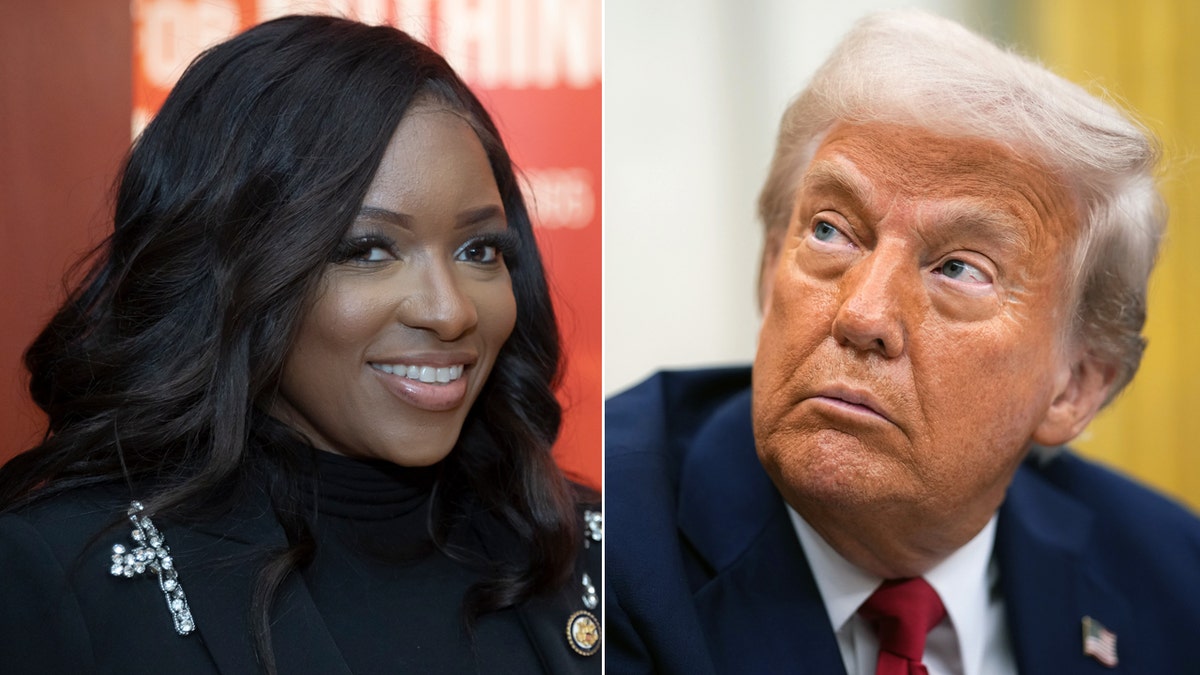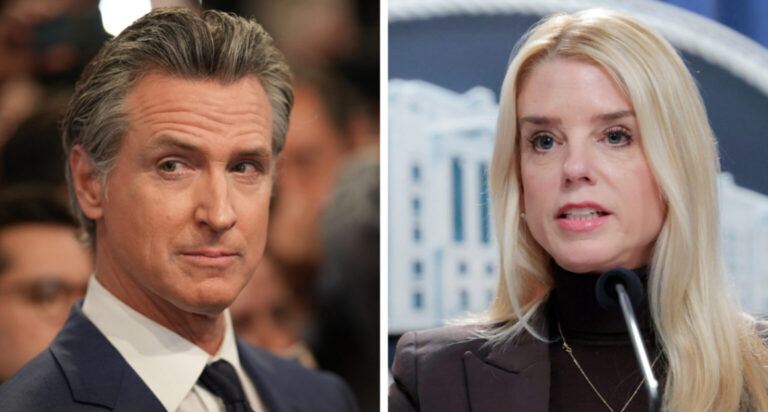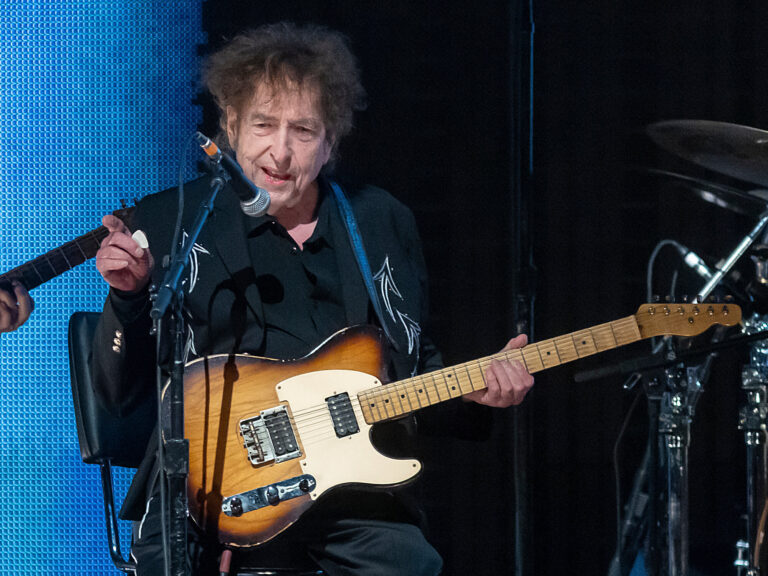BREAKING NEWS: “He’s turning the People’s House into a billionaire playground!” — Jasmine Crockett explodes over Trump’s $250 million White House ballroom, mocking it as “Pimp My White House!” — But Pam Bondi fires back: “It’s not a disco for elites, it’s a monument to power — and when it opens, America will see who really runs this country”. And just seconds later, Pam Bondi fired back with a shocking truth about the REAL purpose of that ballroom…and it left everyone speechless… – hghghg
When Representative Jasmine Crockett stormed onto the House floor last Thursday, her words sliced through the chamber like a thunderclap.
Her voice echoed, her finger pointed squarely at former President Donald J. Trump, who — according to leaked architectural plans — intends to construct a $250 million ballroom within the White House complex, complete with crystal chandeliers, Italian marble floors, and ceilings modeled after the Hall of Mirrors in Versailles.
“Pimp My White House!” Crockett sneered, the phrase landing like a punchline and a protest rolled into one. “It’s a palace for plutocrats, not the people.”
In minutes, her outburst ignited a wildfire. The clip was everywhere — on CNN, TikTok, X, and Instagram Reels. The caption alone (“Pimp My White House”) became a meme overnight, paired with looping clips of Trump’s old Apprentice scenes, disco lights, and gold emojis raining from the sky.
But beneath the laughter, something darker brewed. Because not everyone was laughing — least of all Pam Bondi, one of Trump’s most loyal allies and arguably his most eloquent defender.
And within hours, Bondi would turn Crockett’s jab into a national reckoning about power, image, and the true meaning of “the People’s House.”
“This isn’t a disco for elites. It’s a monument to power.”
Pam Bondi’s rebuttal didn’t come from the Capitol — it came from Fox News at 9:00 p.m. sharp. Sitting beneath the glare of the studio lights, Bondi’s tone was icy, deliberate, and surgical.
“Let’s stop pretending this is about décor,” she said. “What President Trump is building isn’t a ballroom for elites. It’s a monument to American power — something this country has been sorely missing.”
Then she leaned forward. “It’s not a party hall. It’s a statement to the world.”

Bondi revealed something that no one — not even Trump’s critics — had expected: the ballroom wasn’t merely a vanity project. According to her, the so-called “American Grand Hall” would serve as a dual-purpose space — ceremonial by day, and a crisis command center by design.
“It’s engineered with reinforced walls, underground access, and secure communications. It’s not just beautiful — it’s strategic. When chaos strikes, that room will stand as the safest chamber in Washington.”
For a moment, the narrative shifted entirely. What had been mocked as a playground for billionaires now sounded like a fortress cloaked in gold.
Still, skeptics weren’t convinced. Was this really about national security — or was it about control?
Power, image, and the architecture of dominance
Political historians were quick to weigh in. For decades, architecture has mirrored ideology — from the marble domes of Rome to the glass towers of Silicon Valley. In Trump’s world, design has always been an instrument of dominance. His buildings are never just functional — they’re declarations.
The rumored ballroom plans leaked to the press were drenched in symbolism: 24-karat fixtures, pillars carved with eagles, and a domed ceiling featuring a hand-painted mural of “America Triumphant.”
“It’s not about the parties,” said one former Trump aide. “It’s about the stage. He’s building a room to remind people who commands the stage — and who doesn’t.”
Indeed, throughout history, rulers have built grand halls not to host guests, but to command reverence. Napoleon had his coronation hall. Putin has the Grand Kremlin Palace. Trump, it seems, wants his ballroom.
To his critics, it’s megalomania wrapped in marble.
To his supporters, it’s legacy — an architectural exclamation mark.
The political earthquake
Crockett, a rising Democratic firebrand from Texas, wasn’t done. She doubled down on social media the next morning, tweeting:

“They can dress it up in patriotism all they want — it’s still a gold-plated ego trip. America doesn’t need another ballroom. We need leadership.”
Her post racked up over 8 million views, making “#PimpMyWhiteHouse” trend for a second straight day. Progressive commentators hailed her as “the new voice of populist outrage,” while conservative outlets painted her as “an attention-chasing demagogue.”
But Bondi wasn’t backing off either. The following night on Hannity, she struck back with an icy smile.
“They mock what they don’t understand,” she said. “When that room opens, the world will see who really runs this country.”
The studio fell silent. Hannity, momentarily caught off guard, blinked. “Who really runs this country?” he repeated.
Bondi didn’t elaborate. She didn’t have to. Her cryptic line rippled across Washington like a coded warning.
Was she implying Trump still wields influence behind the scenes — through allies, donors, or a shadow network of loyalists embedded across institutions?
Or was it a threat — that the political elite mocking him from Capitol Hill were soon to be outplayed by the man they thought was finished?
A deeper strategy: opulence as messaging
Political analysts have long observed how Trump uses spectacle as power language. From gold-plated elevators to red-carpet rallies, his aesthetic is deliberate: overwhelm, dazzle, dominate.
The proposed ballroom fits that blueprint perfectly. It isn’t just architecture — it’s psychological theater.
Dr. Elaine Kershaw, a political psychologist at Georgetown, told The Atlantic Daily:
“Trump’s environments always reflect his core belief — that perception equals authority. By turning the White House into a symbol of grandeur, he’s reframing leadership as spectacle. The ballroom is a metaphor: politics as pageantry, control as choreography.”
And perhaps most telling is the name insiders say he prefers: The Grand Hall of Liberty.
Liberty, yes — but whose?
The leaks: security or shadow network?
Following Bondi’s revelation, multiple outlets claimed access to leaked planning documents suggesting that the ballroom’s lower level includes biometric access control, Faraday-shielded communication lines, and tunnel access to a secondary secure facility beneath the South Lawn.

If true, it would confirm Bondi’s assertion that the hall serves as a strategic command hub. But skeptics argue it’s equally plausible that the “security enhancements” are designed to host ultra-private gatherings — the kind where policy meets influence, and influence meets money.
As one anonymous White House staffer told Politico:
“You think it’s about dancing? Try fundraising. The ballroom could become the most powerful backroom in America.”
That statement alone reframed the entire controversy. If true, the “People’s House” would indeed be transforming — not just physically, but philosophically — from a public symbol of democracy into a private theater of power.
Two women, one symbol
What made the clash between Crockett and Bondi so gripping wasn’t just their words — it was what they represented.
Crockett’s fury spoke for a generation that feels locked out of power, watching wealth and privilege reshape even the nation’s most sacred spaces. Her outrage was visceral, populist, raw.
Bondi’s calm, by contrast, embodied the strategic resilience of Trump’s movement — disciplined, image-savvy, confident in its own inevitability.
Their exchange wasn’t just about a ballroom. It was about the soul of modern America — who owns its symbols, who defines its power, and who gets to dance in its grand halls.
The eerie silence that followed
When Bondi delivered her final line — “When it opens, America will see who really runs this country” — even her host seemed unsure whether to clap or question. The screen cut to commercial, leaving viewers suspended in a mix of awe and unease.
By dawn, cable news was ablaze. Some called it bravado. Others called it a confession.
Because if Pam Bondi is right — if that ballroom is indeed a “monument to power” — then its gold ceilings and mirrored walls aren’t for celebration. They’re for reflection.
And maybe that’s the point.
For decades, the White House has been called “the People’s House.”
But as one commentator noted grimly the next morning:

“If the ballroom is real — and if it’s built the way they say it is — then the People’s House may soon belong to whoever can afford the invitation.”
The final dance
So what is the truth behind Trump’s mysterious ballroom? A monument? A fortress? A symbol? Or a warning?
No one outside his inner circle knows for sure. But one thing is undeniable: the story has already achieved its purpose. It reminded America that power isn’t always about who’s in office — it’s about who controls the narrative, the image, and the space.
And as Bondi’s haunting words echoed across the airwaves, even Crockett — defiant as ever — seemed momentarily still.
Because maybe, just maybe, beneath all the gold and marble, the ballroom stands for something far more chilling:
That in modern America, the line between democracy and dynasty has never been thinner.
And soon…
we’ll all see who’s really waltzing in the People’s House.






